Build Wealth with a Life Insurance Retirement Plan


Understanding Life Insurance Retirement Plans With Secure Retirement Strategies

What Is a LIRP and Why You Should Own One?
A Life Insurance Retirement Plan (LIRP) is a very powerful, yet pretty basic, financial planning tool used in the financial planning industry for decades. Unlike traditional life insurance plans, a LIRP is a life insurance plan that features a savings component that allows you to withdraw funds while you’re still alive. A LIRP can be used to:
- Create a self-completing retirement plan.
- Provide supplemental tax-free retirement income.
- Avoid the threat of higher income taxes in the future.
- Address estate tax issues at death and paying off debts.
- Guarantee what you want to happen financially in life will happen whether you are here or not.
- Provide access to funds that may be earmarked for retirement purposes.
- Pay for college without being disqualified from financial aid.
- Address your long-term care need.
How Taxes Affect LIRPs
If you are like most people saving for the future, you have accumulated a good portion of your wealth in two of the three investment buckets. These are the taxable and tax-deferred buckets. While many investors are aware of how important it is to invest funds in these buckets, they do not account for the impact that higher taxes will have on diminishing all of the wealth you have gained. It is important to include the third bucket, the tax-free investment, in your plan.
In the United States, factors such as federal government spending on social welfare programs, our national debt, and the large numbers of baby boomers exiting the workforce are set to cause our tax rates to skyrocket. To combat these issues, many Americans are turning to tax-free accumulation and distribution tools like a Life Insurance Retirement Plan as a way of avoiding the impact of raising taxes.



LIRPs Vs. Roth IRAs
Let’s take a 30,000-foot view of what a Life Insurance Retirement Plan is. A Life Insurance Retirement Plan is an accumulation and distribution tool that shares many of the tax-free attributes of a Roth IRA but without many of the restrictions. When you design a LIRP properly, it gives you many desirable features, which include no income limitations.
Remember, the IRS imposes income limitations on those who can put money in a Roth IRA, but a LIRP has no contribution limits. Furthermore, with the LIRP, you will not get any 1099s issued, so your money will grow tax-free.
Why Choose a LIRP?
We like to tell people that a Life Insurance Retirement Plan is a Roth IRA plus more. Typically, we like to put the money in a LIRP over a five-year period instead of all at once. This ensures that we don’t buy too much death benefit or move you into a higher tax bracket.
In our professional opinion, the LIRP is an excellent financial tool to have in your financial planning strategy. It provides tax-free income, a death benefit for legacy, long-term care coverage, no 1099’s, and does not hit your tax return — it’s a win-win for those who choose to invest.
Can a LIRP Replace a Pension Plan?
Your retirement planning needs a solid foundation, and Life Insurance Retirement Plans (LIRPs) offer remarkable advantages that traditional pension plans simply can't match. Through a permanent life insurance policy, you'll gain access to tax-advantaged growth potential while maintaining the flexibility that pension plans often lack.
When you look at pension plans, you'll notice they're becoming increasingly rare. Many employers have shifted away from defined benefit plans, leaving you to wonder about reliable alternatives. That's where a whole life insurance strategy comes into play. Your cash value life insurance can function similarly to a pension, providing steady, reliable income during retirement.

How a LIRP Complements Other Retirement Income Streams
Consider this real-world scenario: You're receiving Social Security and required minimum distributions from your retirement accounts. These create taxable income that could affect your Medicare premiums. By strategically taking tax-free loans from your insurance policy's cash value, you maintain your lifestyle without increasing your taxable income.



